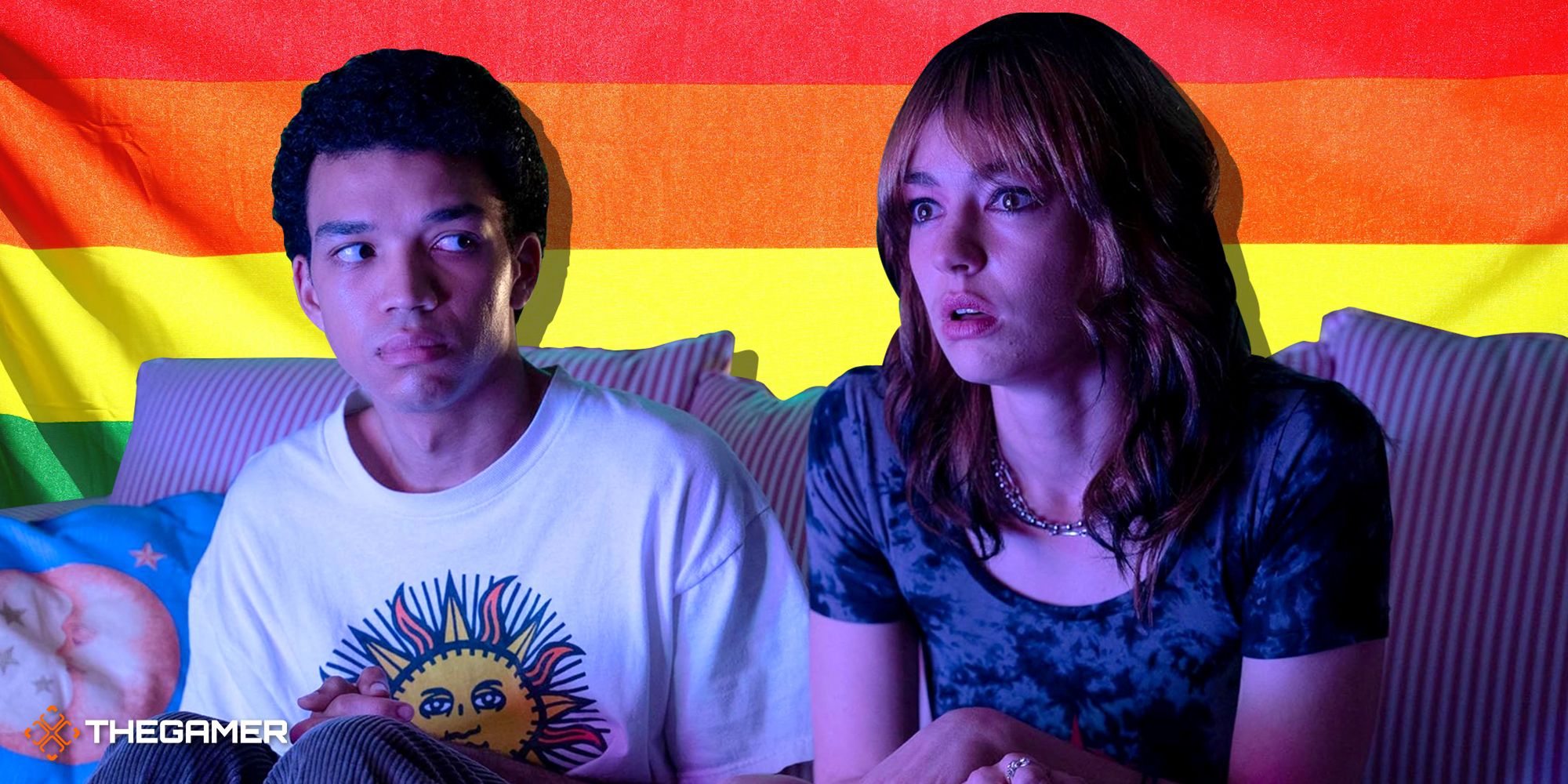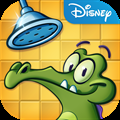I Saw The TV Glow's Soundtrack Is Trying To Tell You Something

Summary
- I Saw the TV Glow has a stylish and eerie trailer with a targeted indie soundtrack that resonates with queer and nonbinary audiences.
- Director Schoenbrun's choice of music artists reflects a deeper connection with the audience, adding complexity to the film's narrative.
- The soundtrack of the film serves as a subtle nod to the queer experience, creating a shared connection with viewers through music.
It’s my moral duty to make a big fuss every time A24 releases a new movie (see here, here, and here) and I Saw the TV Glow is no exception, especially since I’m a big horror fan. The horror-thriller is written and directed by Jane Flannery Schoenbrun, and explores the relationship between two children and their shared love for a TV show… except things get weird after the show gets cancelled. Based on the movie’s premiere at Sundance, it has a 96 percent rating on Rotten Tomatoes and an aggregate score of 89 on Metacritic.
Obviously, review scores aren’t definitive, but it’s promising!
The trailer, released last week, is incredibly stylish. That’s no surprise considering the film is being distributed by A24. It’s soaked in neon lights, has atmospheric sound design, and leans into its retro aesthetic. But what grabbed my attention more than anything was the eerie cover of Anthem for a Seventeen Year Old Girl playing throughout. It’s a great song, but it’s also only familiar to a certain kind of person of a certain age. Even more interestingly, it’s a cover by Yeule, a Singaporean glitch pop artist based in the UK. My own friend and producer Kin Leonn recorded and mixed the cover, which I only found out after I mentioned to him how great a version it was.
At the end of the trailer, there’s a list of musical artists who have contributed music to the film, and it’s, again, very targeted. Phoebe Bridgers reunites with her former band Sloppy Jane to headline the list, followed by indie darlings Snail Mail, Alex G, and King Woman. Caroline Polachek is there, as is Frances Quinlan of Hop Along (who soundtracked my adolescence). The artists on this list are all experimental in different ways, but most of them lean indie. The soundtrack gives extremely sad queer zillennial to millennial vibes – I grew up listening to some of this music, and learned to love some of the rest later.
Hey, This Music Is Gay!
I’m listening to Hop Along while I write this, so I know this is going to be a great soundtrack. But I’m particularly interested in why Schoenbrun made the choice to use these artists, most of whom are nonbinary, queer, or women (Caroline Polachek is also widely claimed by the gay community). I often think of how Everything Everywhere All At Once was bookended with music from half-Japanese artist Mitski – archetypal ‘sad Asian’ music. If you know, you know. That choice of song felt like the directors were waving to me and saying, ‘Hey, I understand you.’ This artist is meaningful to us in the same way she is meaningful to you.
I’m seeing the choice of I Saw the TV Glow’s soundtrack very much the same way. Many reviewers have said that the film is full of trans allegory, and as a nonbinary person, the soundtrack feels like a pointed wink. It’s saying, ‘Hey, you! You know how you like weird music by other queer people because it makes you feel seen? We put it all in one movie for you.’ It is like Schoenbrun is reaching through the screen and telling me, ‘We are the same. We have a shared experience.’
And that’s a beautiful thing. There are so many ways to tell a story with one movie, but using your soundtrack to connect with your audience is a severely underrated one. It’s almost meta in a way, making the queerness inextricable from the process of making the film, adding another layer of complexity on top of an already critically lauded film. I can’t wait to see it.
RelatedDune: Part 2 Review - Rise Of Paul
Dune: Part 2 tells a more focused, structured story than Part One, and delivers one of the best examples of mainstream subversive cinema.
Posts












